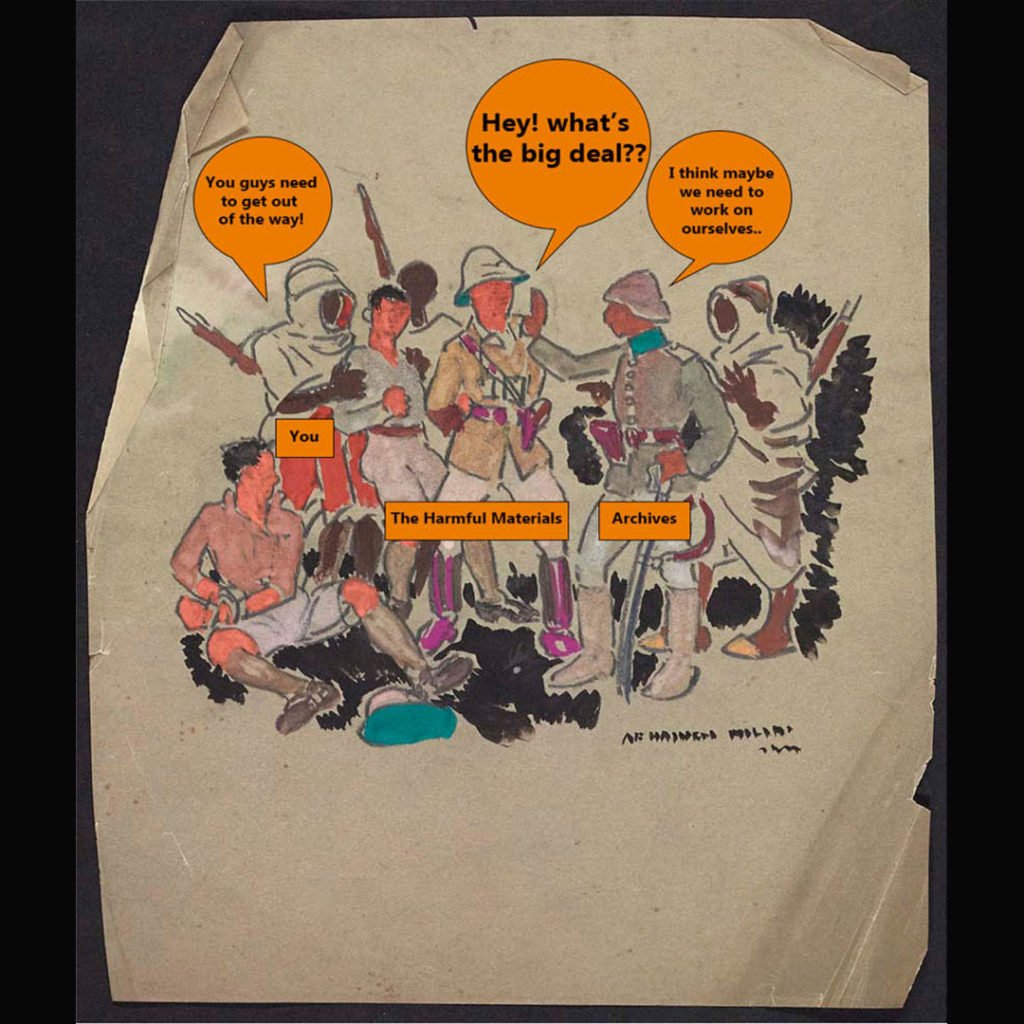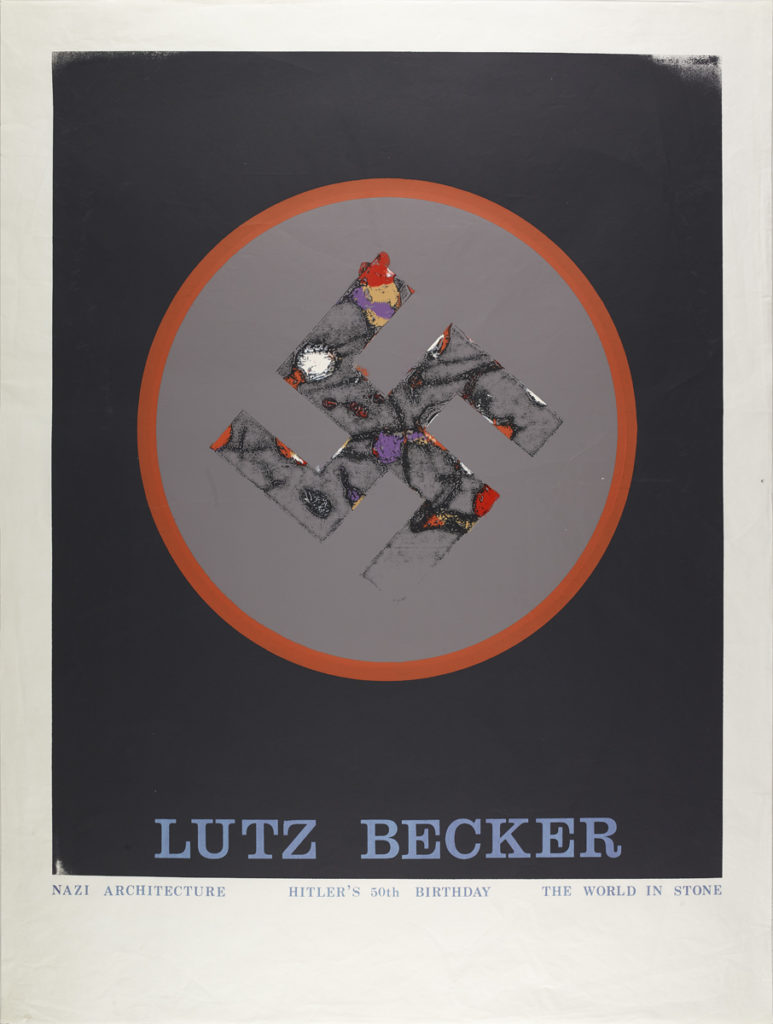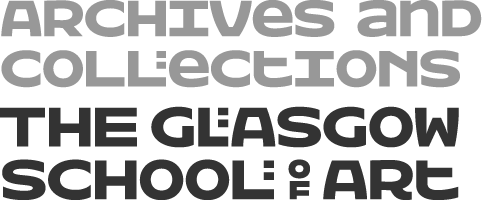Archives and Collections Assistant, Emilie Pichot discusses the important work of highlighting harmful materials in the archive.
Over the last year 18 months we have been undertaking work to address how to appropriately present this type of material.

GSA does not endorse or condone any ideologies or behaviours that may be associated with or that emerge from said works. Nevertheless, we believe that understanding past perceptions is of fundamental importance in experiencing historical material.
As a starting point we have added a statement on the presence of harmful material in our collections and catalogue descriptions to the About page of our website which includes information about what to expect and how to contact us.
Furthermore, over the last year we have been adding a subject index term to catalogue descriptions for material in our collections which is, or has the potential to be, harmful, triggering, outdated, or controversial: the Harmful Material Subject Index.

As of September 2023, 73 public records include this tag. Each record has been given some more contextual information in the Notes field as to why the item was given the “Harmful Material” tag, when appropriate. It’s been important for this exercise to be a team effort, as we will all have different viewpoints on what could be offensive, harmful or triggering.
For example, we added a “Master and Slave” clock from the Mackintosh Library to the Harmful Material tag, because of the terminology used in its name. Visually the item is seemingly innocuous, however the name of the clock indicates the way the clock functions. A “Master” clock is the dominant clock, and the “Slave” clocks are clocks spread throughout the building that depend on the “Master” clock. These types of clocks have been replaced by digital versions, however this terminology is still used in technology and the workplace today, such as “Master” drive and “Master” copy.

Another example of potentially harmful material is a poster for a lecture by Lutz Becker, who is an artist and filmmaker of political and art documentaries. This record was added because of the large swastika on it, however neither the artist nor the lectures themselves espouse Nazism. This item raises the question: when does visual symbolism continue to perpetuate violent ideology? When is it visually obvious that the symbol is being used to draw attention in a critical or satirical manner?
We hope that visitors and researchers will join in and alert us to any material they may notice during their visits to our reading room, website or catalogue. As such, we have created a poster for our reading room to notify visitors, as well as a “Harmful Materials Alert Form” which can be filled in by visitors and handed to a member of staff, or left on the table anonymously. The form includes information about our procedure after they’ve filled in the form and the option to leave an email address if they would like us to be in touch about our next steps.
The alert form includes the following questions: What was harmful? How was it harmful? And then prompts the user to tick next to any relevant categories such as ableism, antisemitism, classism, fatphobia, homophobia, islamophobia, misogyny/sexism, racism, transphobia, xenophobia and finally an “other” field for users to fill out if needed.
We also will notify visitors during inductions to the reading room of the opportunity to alert us to harmful material they may come across during their visit.
We hope that this effort will allow visitors to our Archives and Collections and to our website and catalogue the option to opt in or out of viewing or engaging with materials for whatever reason. We also hope that this additional information about our materials lends itself to further developing necessary critical thinking skills when engaging with historical materials.
Should you wish to contact us about harmful material in the Archive, please email us at archives@gsa.ac.uk.
